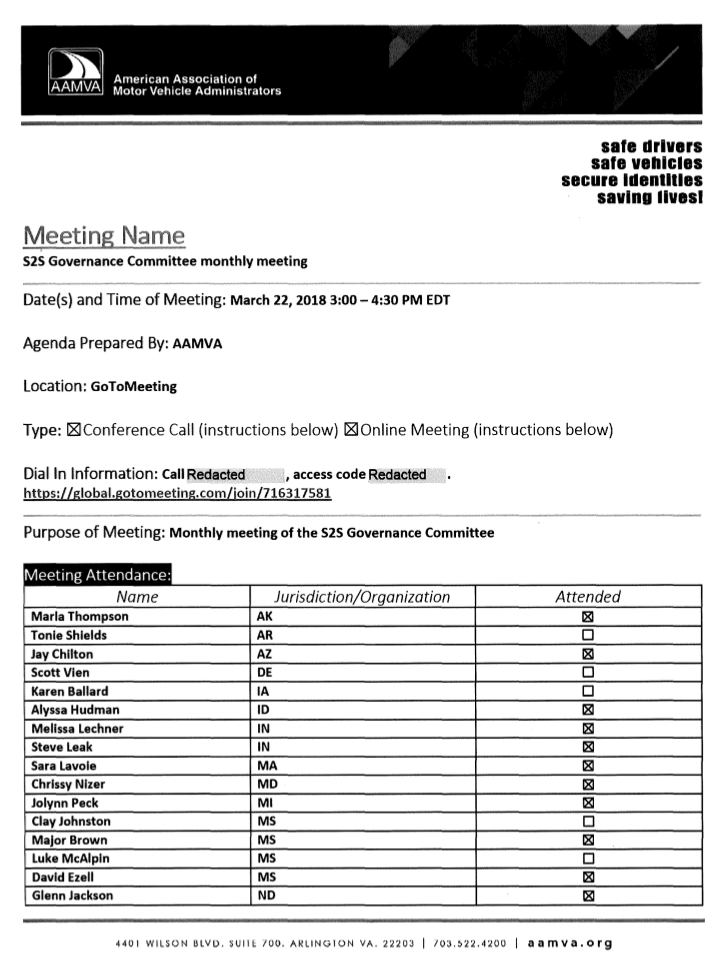3rd Circuit gives impunity to TSA checkpoint staff
TSA checkpoint staff often act as though they were above the law. But are they really?
Sadly, they often are, at least in the opinion of some Federal judges.
The 3rd Circuit Court of Appeals recent decision in Pellegrino v. TSA , in combination with its decision last year in Vanderklok v. TSA, mean that — at least for now, and at least in the 3rd Circuit — no civil recourse or remedy is available through the Federal courts against checkpoint staff who deliberately assault travelers, lie about their own actions and those of travellers, and make knowingly and deliberately false complaints to police in order to get travelers wrongly arrested.
The two judges in the majority on the three-judge panel that upheld the dismissal of Nadine Pellegrino’s complaint explicitly acknowledged the implications of their decision:
We recognize that our holding here, combined with our decision in Vanderklok, means that individuals harmed by the intentional torts of TSOs will have very limited legal redress. And we are sympathetic to the concerns this may raise as a matter of policy, particularly given the nature and frequency of TSOs’ contact with the flying public. For most people, TSA screenings are an unavoidable feature of flying, 49 U.S.C. §44901(a), and they may involve thorough searches of not only the belongings of passengers but also their physical persons…. For these reasons, Congress may well see fit to … legislate recourse for passengers who seek to assert intentional tort claims against TSOs. But such policy judgments, particularly as they relate to sovereign immunity and the public fisc, fall squarely in the realm of the legislative branch.
The dissenting member of the panel (the dissent starts at p. 54 of the slip opinion) characterized the decision more bluntly:
My colleagues[‘]… decision insulates TSOs from all intentional tort claims, leaving plaintiffs without a civil remedy. Absent congressional action, they cannot recover if a TSO [Transportation Security “Officer”] assaults them, unlawfully detains them, or unlawfully lodges a criminal complaint against them.
The details of the opinion dismissing Ms. Pellegrino’s complaint might be described charitably as arcane, and uncharitably as twisted.
Read More


